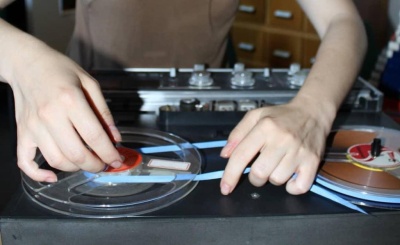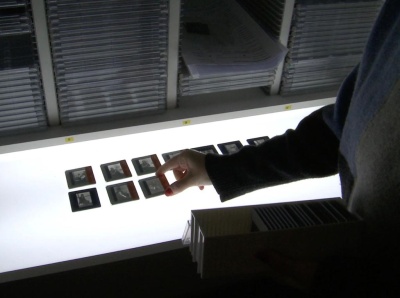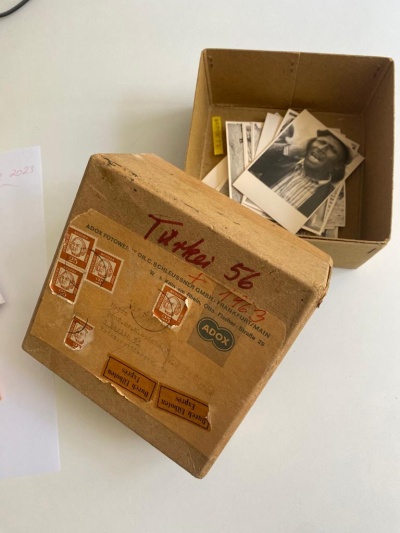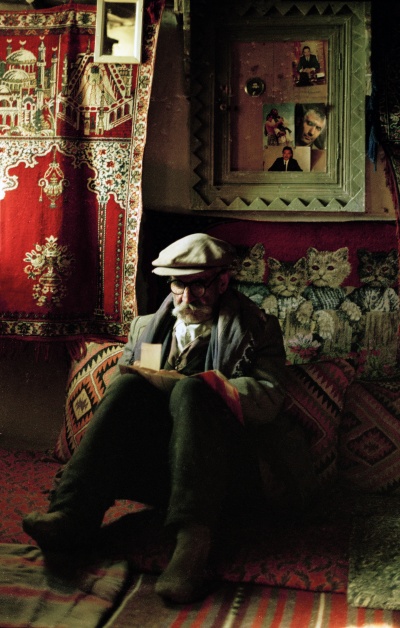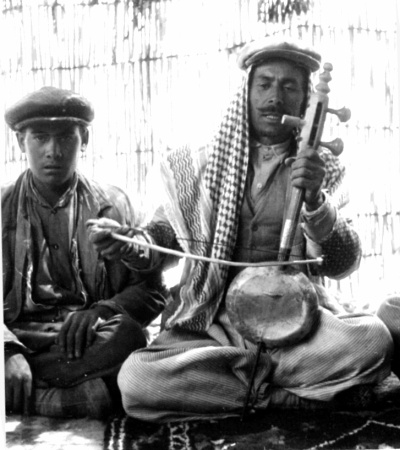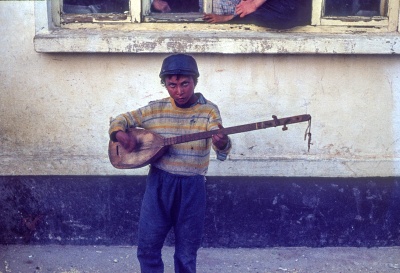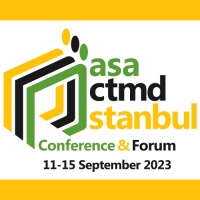Visits to local institutions will be offered for free to those who register for the IASA Conference.
Tours of the Istanbul University (IU) Libraries
In walking distance, in groups of 15 persons. There is no need to register in advance. Any delegate can register in person at the registration desk.
Other visits
On the afternoon of 13th September there will be a choice of three visits, each with free transportation from the conference venue by bus (journey time: approx. 30 mins). There will limited places available. Delegates may choose and book one visit when registering.
PV1. Istanbul Technical University (ITU) Turkish Music State Conservatory Archive and Documentation Centre
PV2. The Ottoman Archives section of the Presidency Archives of the Republic of Türkiye.
PV3. Orient-Institut Istanbul - Exhibition of sound and audio-visual materials from the Berlin-Phonogram Archive and private Archives
More details below.
PV1. Istanbul Technical University (ITU) Turkish Music State Conservatory Archive and Documentation Centre *FULLY BOOKED*
Limit of 40-50 persons.
İTÜ Türk Musikisi Devlet Konservatuarı İTÜ Maçka Kampüsü 34357 Beşiktaş - İstanbul / Türkiye. Location: https://goo.gl/maps/FEncPbLen16EVYTp6
Istanbul Technical University Turkish Music State Conservatory Prof. Ercümend Berker & Prof. Ş. Şehvar Beşiroğlu Library, Archive and Documentation Center has numerous sections that visitors can explore and enjoy. Each section is unique and provides visitors with different aspects of Turkish music and culture.
The Reader's Section is the perfect place for visitors who want to learn about Ottoman period composers. This section has a collection of paintings that feature these composers and their works. Visitors can also read short biographies about the lives and achievements of these composers. This section provides an insight into the history of Turkish music.
The Library Collection Section is a treasure trove of information for visitors interested in learning more about the rich musical heritage of Turkey. This section contains a vast array of books, sheet music, and other sources on Turkish music. Visitors can immerse themselves in the history and culture of Turkish music by exploring the diverse collection of materials in this section.
The Exhibition Section is another highlight of the Center. Here, visitors can learn about the instruments belonging to some of Turkey's most remarkable musicians as part of the Hattusa Project. Visitors can learn about the fascinating stories behind these instruments and the musicians who played them.
The Archive Section of the Center is a must-see for anyone interested in personal archives donated by Turkish musicians and music academicians. These archives provide an intimate glimpse into the lives and works of these great artists, and offer a unique perspective on the history of Turkish music.
The Rare Material Section of the Center is a true gem. This section contains a wide variety of historical audio-visual materials, such as (33, 45, 78) rpm records, cassettes, and other sources of immense historical value. Visitors can take a short journey through the history of Turkish music and discover the stories behind these rare materials. This section offers a unique opportunity for visitors to experience the Turkish music and culture.
To cap off your visit, make sure to attend a short vice concert featuring works selected from the Turkish music archive.
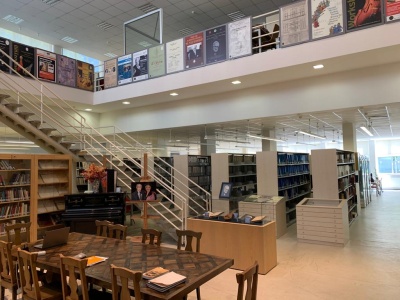
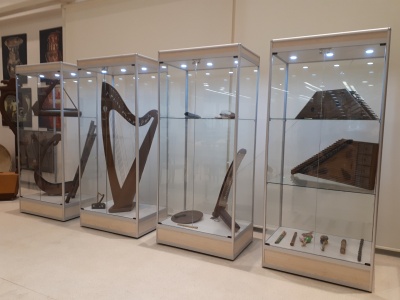
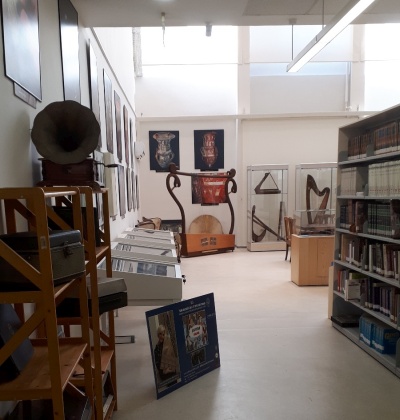
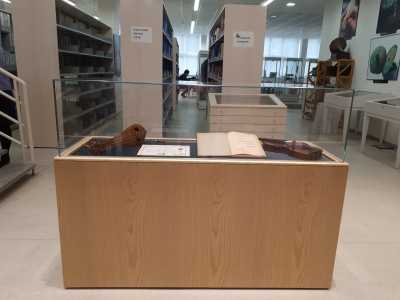
PV2. The Ottoman Archives section of the Presidency Archives of the Republic of Türkiye.
Limit of 60 persons, in two groups.
İmrahor caddesi, Sadabad No:33 34400 Kağıthane/İstanbul. Location: https://goo.gl/maps/Ei61wW8fTgxvrcka6
The Ottoman Archives is the primary repository for state archival documents in Turkey related to the Ottoman Empire. As the only major archive of a pre-modern Muslim state, the archive contains a vast collection of unique documents pertaining to the administration of one of history’s largest empires. Ottoman Archives, which previously served at the buildings in Babıali and Sultanahmet in İstanbul, has been moved to the modern archive complex in Kağıthane as of June 2013.
The Ottoman archives contain approximately 95 million documents and 400,000 registry books belonging to the Ottoman State. All researchers, domestic and foreign, have the opportunity to conduct research on these documents. The conservation and restoration units of the archive work consistently in order to protect these documents under healthy storage conditions, to transfer them to the next generations and to restore the damaged ones for various reasons, by using traditional methods and modern techniques. Furthermore, the archive has accelerated digital archiving activities in order to protect the documents from damages, to facilitate the service provided to the researchers and to extend the archive service network. 42 million document images have been made available to researchers by 2019.
Due to the great importance given to international cooperation by the Ottoman Archives, it has signed cooperation protocols with the state/national archives of 47 countries, in line with the views of the Ministry of Foreign Affairs. These protocols include various topics such as the exchange of document copies, experts, organizing joint publications, exhibitions and scientific meetings, archival training, classification, restoration and digitization of archival documents and cooperation in the fields of modern archival technology.
For the details information about the history, collections, research experience, and so on please see: https://hazine.info/basbakanlik-arsivi/
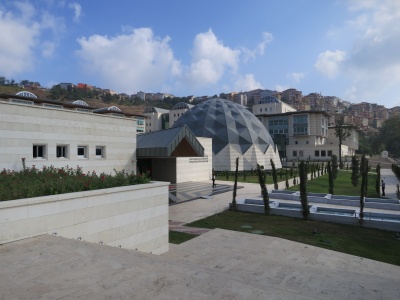
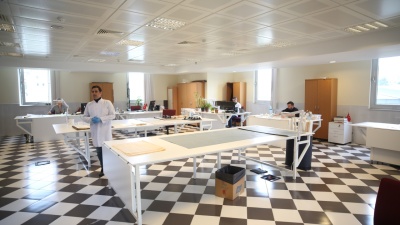
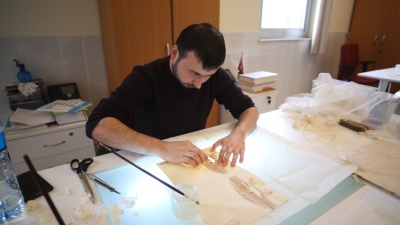
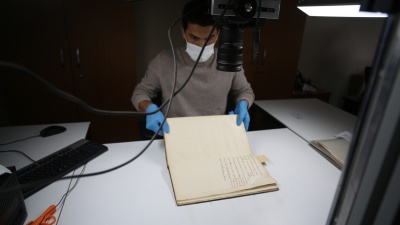
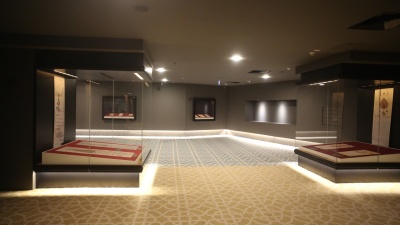
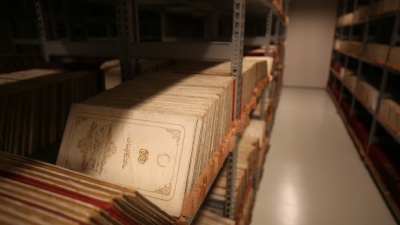
PV3. Orient-Institut Istanbul - Exhibition of sound and audio-visual materials from the Berlin-Phonogram Archive and private Archives *FULLY BOOKED*
Limited to 40-50 persons.
Please come to the exhibition with your mobile phone headphones to listen to the music recordings exhibited with a QR code.
Place: Orient-Institut Istanbul, Teutonia Building in Galata, Istanbul. Location: Club Teutonia - Google Haritalar
An exhibition of sound and audio-visual materials from the Berlin-Phonogram Archive and private Archives. Camera Anatolica: Five German Scholars in Search of Sounds and Images in Eastern Anatolia (1955 - 1979)
The exhibition includes material collected by Kurt and Ursula Reinhard, Dieter and Nerthus Christensen, and Peter Bumke between 1955-1979 during their fieldwork in eastern and partly southern Turkey. All five researchers have been internationally renowned scholars in their time. While the majority of the material on display is photographs made by these German researchers, the exhibition also includes selected music recordings, associated institutional field recording forms, institutional and personal letters, diaries, working sketches, and publications. The material is selected by Nihan Tahtaişleyen, Martin Greve, and Peter Bumke. In addition, a short documentary on the archival work of the curators presents the work on bridging the past to the present.
Between 1956 and 1979, ethnomusicologists Kurt and Ursula Reinhard made more than ten research trips to Turkey, including some to the southern and eastern provinces of Turkey. Today, their work has become a major source for researchers in Germany and around the world who study music in Turkey. This part of the exhibition will showcase the materials that Dr. Nihan Tahtaişleyen, one of the curators of the exhibition, acquired and unearthed for the first time through her Ph.D. research (2021) in the archive of the Department of Ethnomusicology of the Berlin Museum of Ethnology (formerly Berlin Phonogramm-Archive).
The ethnomusicologist Dieter Christensen first traveled to southern Turkey in 1955 as an assistant to Kurt Reinhard, then director of the Berlin Phonogramm Archiv, and later, in 1958, to the Kurdish regions of the southeast together with his wife. All of Dieter Christensen's research materials, which he handed over to the archive of the Department of Ethnomusicology of the Berlin Museum of Ethnology in 2017, were examined and interviewed for the first time by the curator of this exhibition, ethnomusicologist Dr. Martin Greve, together with the Dutch anthropologist Wendelmoet Hamelink, in Christensen's rooms. This part of the exhibition will, for the first time, showcase photos from Christensen’s private archive.
In the late 1970s, ethnologist Dr. Peter Bumke worked in Dersim/Tunceli, a predominantly Kurdish region which was still little known in Europe at that time. Starting in the 1960s, Bumke investigated the reasons for migration from Anatolia to Germany, spending several months each year in the villages, conducting long interviews with the elderly, and recording their epic folk songs. As a passionate photographer, he also took highly aesthetic photographs of the villagers and their daily lives. This part of the exhibition will include photographs taken by Bumke during those years.
During the research on these five researchers, we realized that their photographs had been completely neglected. The idea of organizing a series of photo exhibitions was born. At least some photographs should be exhibited in the region where they were originally taken and hence the first exhibition took place in September 2022 in Dersim/Tunceli, with photographs taken by Peter Bumke.
In September 2023, the three photographic collections will be combined, along with other related audiovisual archival materials, and exhibited for the first time at the Orient-Institut's newly opened Teutonia building in Istanbul. This exhibition in Istanbul is the subject of a professional visit by IASA and will be guided by Tahtaişleyen, Greve, and Bumke. Related books will be published until September 2023 as part of the Orient-Institut Pera-Blätter series and will be available for the invited guests. In addition, a panel presentation in connection with the exhibition will be held at Istanbul University as part of the IASA Conference. The academic data on Tahtaişleyen, Greve, and Bumke's research will be comprehensively followed in the triangle of the exhibition tour, panel presentations, and Pera-Blätter publications.
The final stop of the exhibition series, which started in Dersim/Tunceli and will be presented more extensively in Istanbul, will be Berlin, the home of the materials. All materials, especially the photographs, will return to Berlin and be exhibited as a permanent exhibition at the Department of Ethnomusicology of the Berlin Museum of Ethnology, Humboldt-Forum Berlin.
For more information https://www.oiist.org/tr/a-series-of-photo-exhibitions-village-life-in-eastern-anatolia-1957-1979/
For one of the published Pera-Blätters, including one of our exhibitions series https://perspectivia.net/publikationen/pera-blaetter/bumke_mankerek_de
